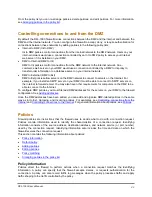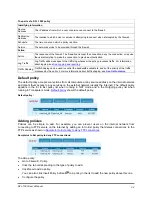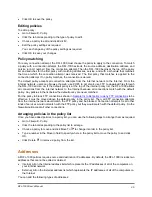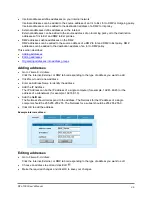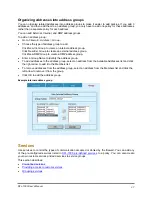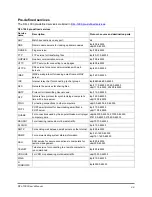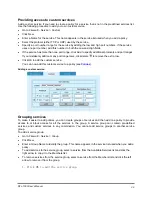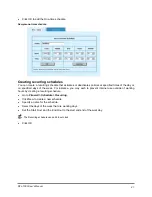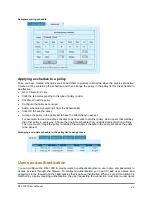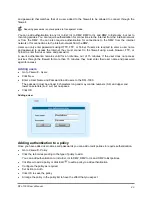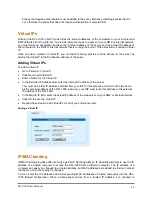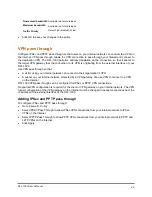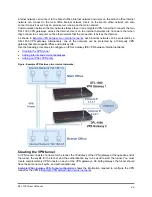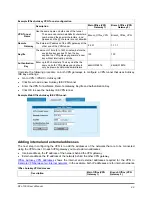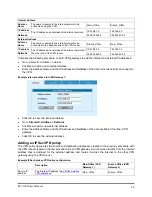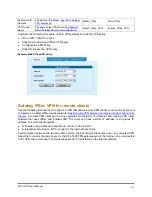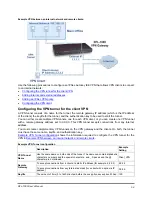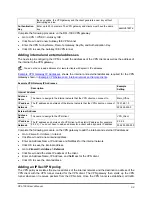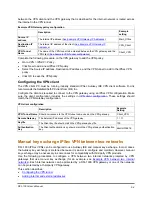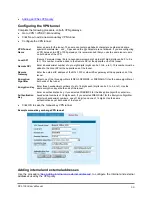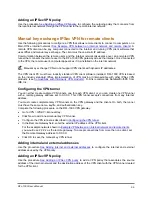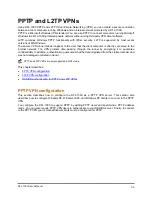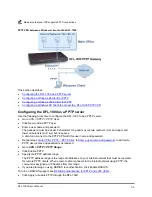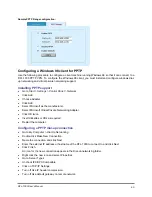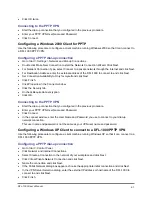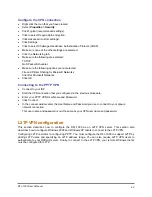
IPSec VPNs
Using DFL-1000 IPSec Virtual Private Networking (VPN), you can join two or more widely separated
private networks together through the Internet. For example, a company that has two offices in different
cities, each with its own private network, can use VPN to create a secure tunnel between the offices. In
addition, remote or travelling workers can use a VPN client to create a secure tunnel between their
computer and their office private network.
The secure IPSec VPN tunnel makes it appear to all computer users that they are on physically
connected networks. The VPN protects data passing through the tunnel by encrypting it to guarantee
confidentiality. In addition, authentication guarantees that the data originated from the claimed sender and
was not damaged or altered in transit.
IPSec is an internet security standard for VPN and supported by most VPN products. DFL-1000 IPSec
VPNs can be configured to use Autokey Internet Key Exchange (IKE) or manual key exchange. Autokey
key exchange is easier to configure and maintain than manual key exchange. However, manual key
exchange is available for compatibility with third party VPN products that require it.
IPSec VPN is only supported in NAT mode.
This chapter describes:
•
Compatibility with third-party VPN products
Autokey IPSec VPN between two networks
•
Autokey IPSec VPN for remote clients
•
Manual key exchange IPSec VPN between two networks
•
Manual key exchange IPSec VPN for remote clients
•
Testing a VPN
•
Compatibility with third-party VPN products
Because the DFL-1000 supports the IPSec industry standard for VPN, you can configure a VPN between
the DFL-1000 and any third party VPN client or gateway/firewall that supports IPSec VPN. To
successfully establish the tunnel, the VPN settings must be the same on the DFL-1000 and the third party
product.
DFL-1000 IPSec VPNs support:
•
IPSec Internet Protocol Security standard
•
Automatic IKE based on Pre-shared Key
•
Fully customizable manual keys
•
ESP security in tunnel mode
•
3DES (TripleDES) encryption
•
HMAC MD5 authentication/data integrity or HMAC SHA authentication/data integrity
Autokey IPSec VPN between two networks
Use the following procedures to configure a VPN that provides a direct communication link between users
and computers on two different networks.
Example VPN between two internal networks
shows an
example VPN between the main office and a branch office of a company. Users on the main office
DFL-1000 User’s Manual
47

